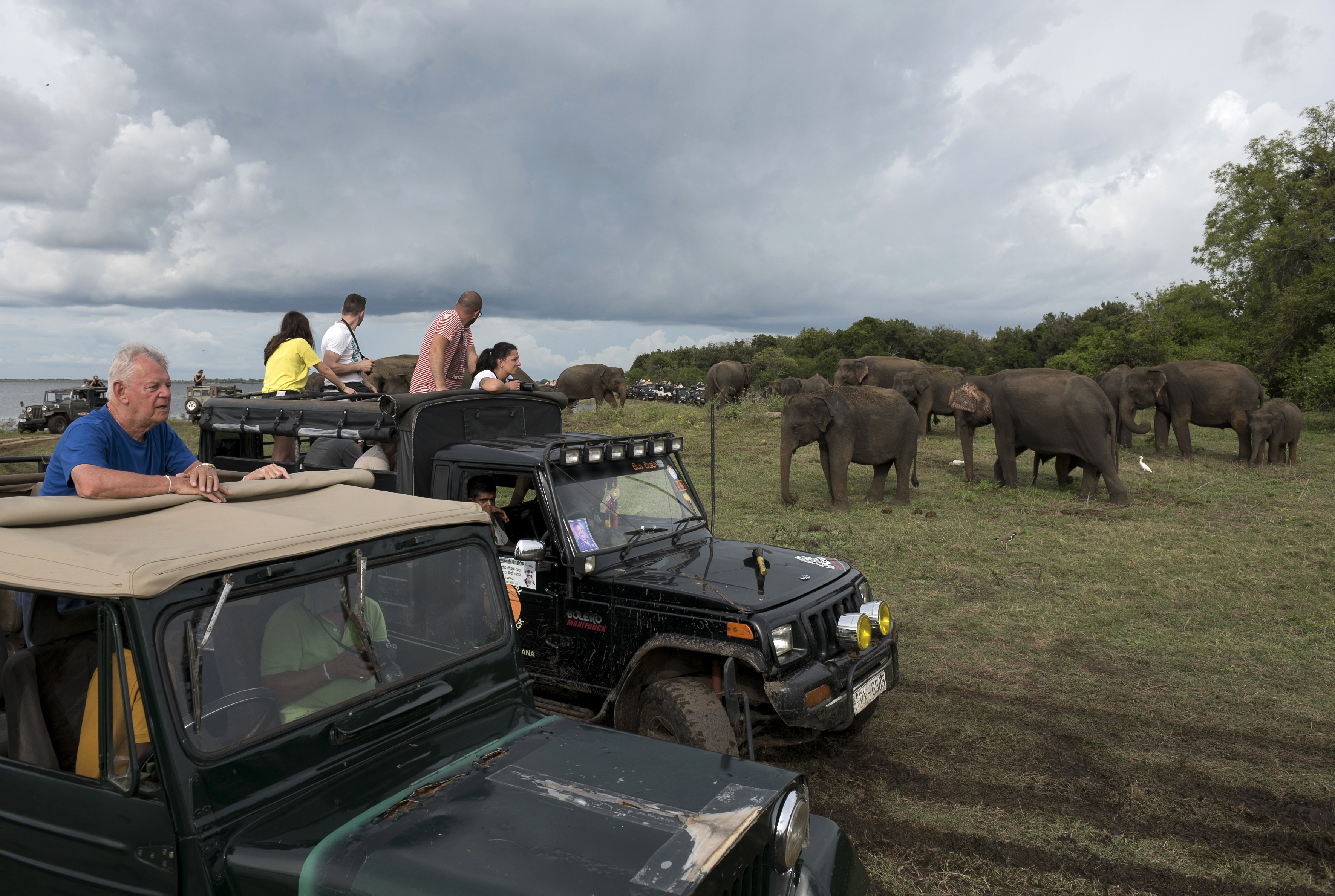
COLOMBO — Sri Lanka has topped the Lonely Planet’s list of travel destinations for 2019 with Germany and Zimbabwe rounding out the top three in its new guide.
Other countries in the top ten include Panama, Kyrgyzstan, Jordan, Indonesia, Belarus, Sao Tome and Principe and Belize.
Danish capital Copenhagen took first place for best ranked city to visit, followed by Shenzen, the so-called Silicon Valley of China, and Novi Sad, the second largest city in Serbia.
“Already notable to intrepid travellers for its mix of religions and cultures, its timeless temples, its rich and accessible wildlife, its growing surf scene and its people who defy all odds by their welcome and friendliness after decades of civil conflict, this is a country revived,” says Lonely Planet author Ethan Gelber in the recently published Best in Travel 2019 book.
“Unmissable experiences” include wildlife, such as the 300-strong elephant gathering at Minneriya national park, thousand-year old Buddhist monuments, and hiking and train travel through the Hill Country’s tea plantations.
A report published by The Guardian said: Tourist visits to Sri Lanka have increased dramatically since the end of the 26-year conflict, from 447,890 in 2009 to an all time high of 2.1 million last year, a figure the Sri Lanka Tourism Development Authority hopes to double by 2020.
Renovations made to the rail system have opened up Jaffna and much of north for the first time since 1990 – an area that was previously considered too dangerous for tourists. The scenic rail routes in Sri Lanka are now widely thought to be some of the best in the world. Motorways have also been built as far south as Matara, and the number of domestic flight routes has increased in recent years, too: for instance, from the capital Colombo, on the east coast, to Batticaloa, on the opposite of the island, in 45 minutes.
There has also been a huge investment in new visitor accommodation: from homestays to high-end eco retreats – such as the Wild Coast Lodge’s cocoon-like buildings in Yala national park. Major international hotel chains, including Shangri-La, Mövenpick, Sheraton, and Grand Hyatt, are all opening new properties.
“Tourism is a major income generator for the country. Unfortunately, much of our tourism is focused on numbers of tourists [rather than] the investment they make in the country,” says Asha de Vos, marine biologist and founder of Sri Lanka-based conservation organisation Oceanswell.
“To accommodate the numbers, we are building more hotels and infrastructure and taking over natural spaces. The pressure on our wildlife and cultural sites is immense and destructive. The over-development is ongoing and unending – and because of the lack of coordination and planning, many hotels lie empty.












































